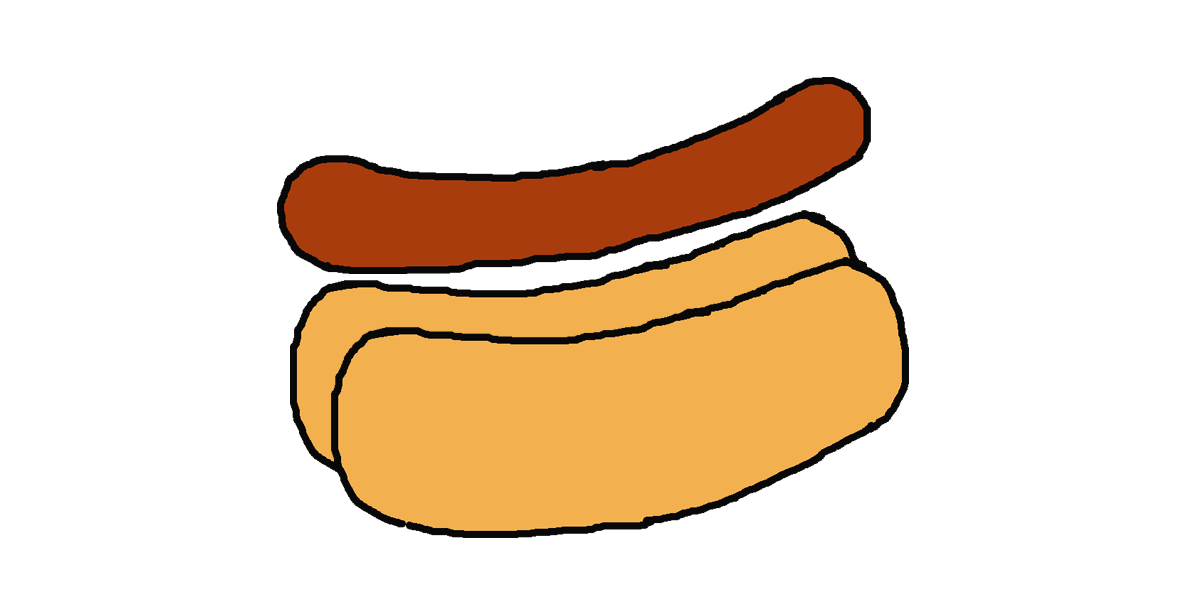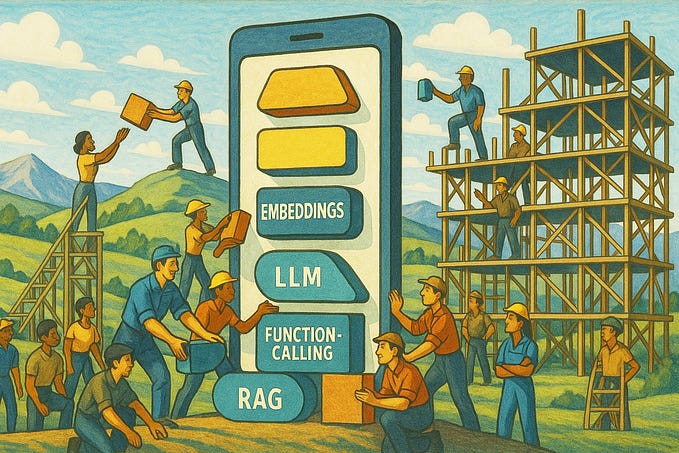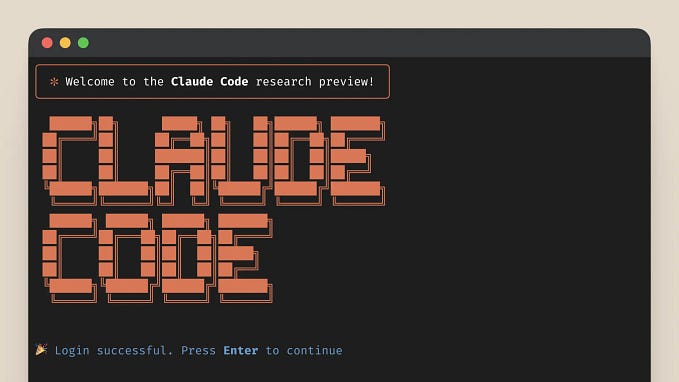Distortions of Digital Tools

Abraham Maslow, the famous psychologist suggested: “I suppose it is tempting, if the only tool you have is a hammer, to treat everything as if it were a nail.” This concept has come to be known as the Law of the Instrument. The tools we use come to warp our perceptions of the problem we are trying to solve. The digital tools we use for user experience design are infinitely more subtle and various than a hammer, but it is worth asking the question if they are warping using experiences in unintended directions or blinding us to certain possibilities.
Tools are seductive. The most useful tools are the most seductive. Their effect on a discipline is so totalizing that they subsume all actions within them. Recognizing the problems of digital design tools is doubly difficult because of the incredible advantages it offers over traditional methods like sketching. These benefits are compounded by the development of new tools like Sketch or Figma that allow us to proceed directly from design to prototyping. However, it is precisely this tighter integration, this all-consuming utility, that should give us pause. The further we are cosseted by convenience, the more we need to question what useful inconveniences are hiding from us.
In software development, we often joke “it’s not a bug, it’s a feature” when confronted with the limitations of something we’ve built. Buried in this irreverence is a truth: the limitations of a digital tool are often hidden in plain site. The limitations are the corollaries of the product features. If we want to understand the problems with UX design tools, we need to examine the greatest conveniences they offer and attempt to understand why these features might actually be bugs.
Features and Bugs
The greatest benefit offered to a UX designer by digital design tools is the ability to quickly correct mistakes. Only a masochistic designer with a taste for anachronism could yearn for the days of gritty eraser residue and spray mount fumes in the paste-up room. However, there is discipline in drawing a design by hand that encourages seriousness and rigor. Or there is the opportunity for happy accident as a designer working on an impending deadline attempts to integrate an errant line.
There is a seductive linearity to the design process using digital tools. Whether you are using Photoshop or Sketch or Balsamiq, they inevitably enforce a step-by-step workflow. This linear process is the whole point. But creativity isn’t always reducible to linear thinking. A meandering and iterative approach can allow a UX designer to develop their ideas organically. Paper keeps things loose. UX designers have a tendency to over-commit to their initial ideas because the polished output of our tools makes everything too real too soon.

While the benefits of sketching out a design on paper may be more speculative or individual, the potential hazards of pre-built libraries are more concrete. Certainly, a rectangle is a rectangle is a rectangle — subject to subtle manipulation along its various axes. But design libraries are becoming more complex, varied and exhaustive. The availability of premade forms encourages a “remix” style of design. Like a DJ in a dance club, the digital designer takes the forms as given and confines his or her creativity to their combination. The codification of geometrical concepts can take inchoate ideas and force fit them to established forms. The polished form suggested by a library has a certitude that overwhelms the designer’s first conception.
No sane individual would question the benefits of taking an idea quickly from conception to prototype. Design thinking requires that we dive into iteration. However, there’s a sameness to so much user experience design today that seems to derive from people of similar backgrounds using the same tools that encourage the same solutions every time.
Despite the recent development of user experience as a discipline, we are falling into a limited number of established solutions. An experienced digital designer looking at most websites or apps could reverse engineer the design in minutes because they can tell exactly which design tool was used and how. Our tools are showing in our designs. Wireframing tools confine us to comfortable blocks of content, which are also the easiest to design and prototype with today’s tools. The cycle of sameness is completed by javascript frameworks and libraries which are built to simplify the development of well-established design patterns. While these patterns do solve some problems in terms of responsive design, we are blinding ourselves to alternative solutions.

Know your Tech
User Experience must learn to balance the positives and negatives of digital design tools. Every creative field has digital tools and every creative design field recognizes that the digital tail may be wagging the conceptual dog. The only way to overcome the limitations of these digital tools is to truly understand what they do and why. Ironically, the solution may be a deeper immersion in digital. We need user experience designers who are also programmers, capable of understanding the biases unconsciously written into the software. Then we will be less likely to be seduced by easy, but overly prescriptive digital tools.
Having spent several years as the CEO of a development firm, I can reassure you that bias is built into all software. This is done unconsciously since that is the pattern of human bias. If a user is unaware of the bias in the digital tools they use every day, their work will be guided and formed by that bias. The solution is to know what a tool does well and what it does badly and to entertain a healthy suspicion of the things it does well.








